20 Ancient Architectural Wonders That Still Puzzle Experts
While modern technology has helped us understand many ancient mysteries, some architectural achievements of our ancestors continue to defy complete explanation. These remarkable structures challenge our assumptions about ancient capabilities and leave archaeologists debating how they were created.
Let’s explore twenty of the most puzzling architectural wonders that still spark debate among experts today.
Göbekli Tepe
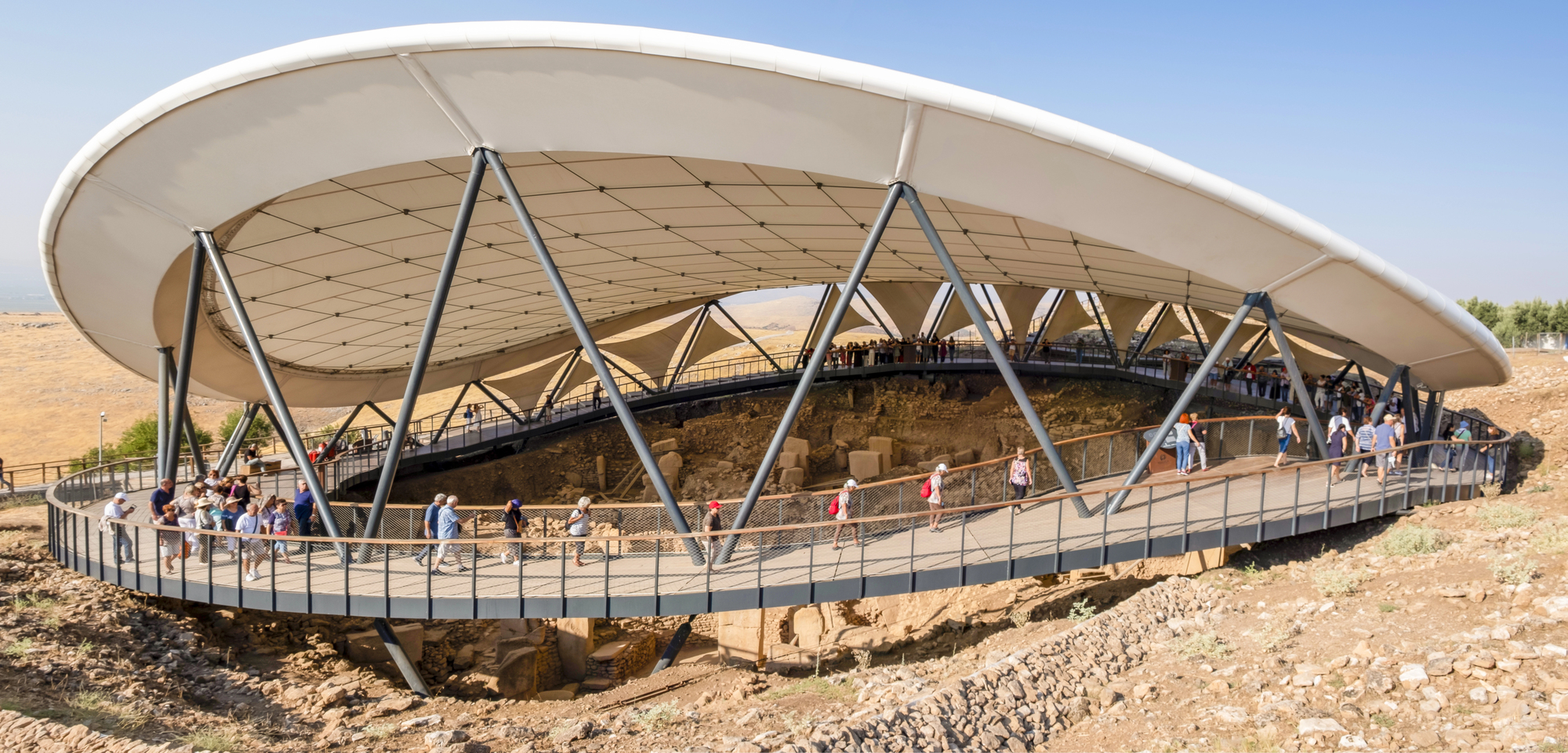
This Turkish site rewrote archaeology textbooks by proving humans built complex structures before developing agriculture. Massive stone pillars, some weighing 20 tons, were somehow transported and erected by hunter-gatherers 12,000 years ago.
The precise astronomical alignments of the structures suggest knowledge that shouldn’t have existed in that era.
Sacsayhuamán
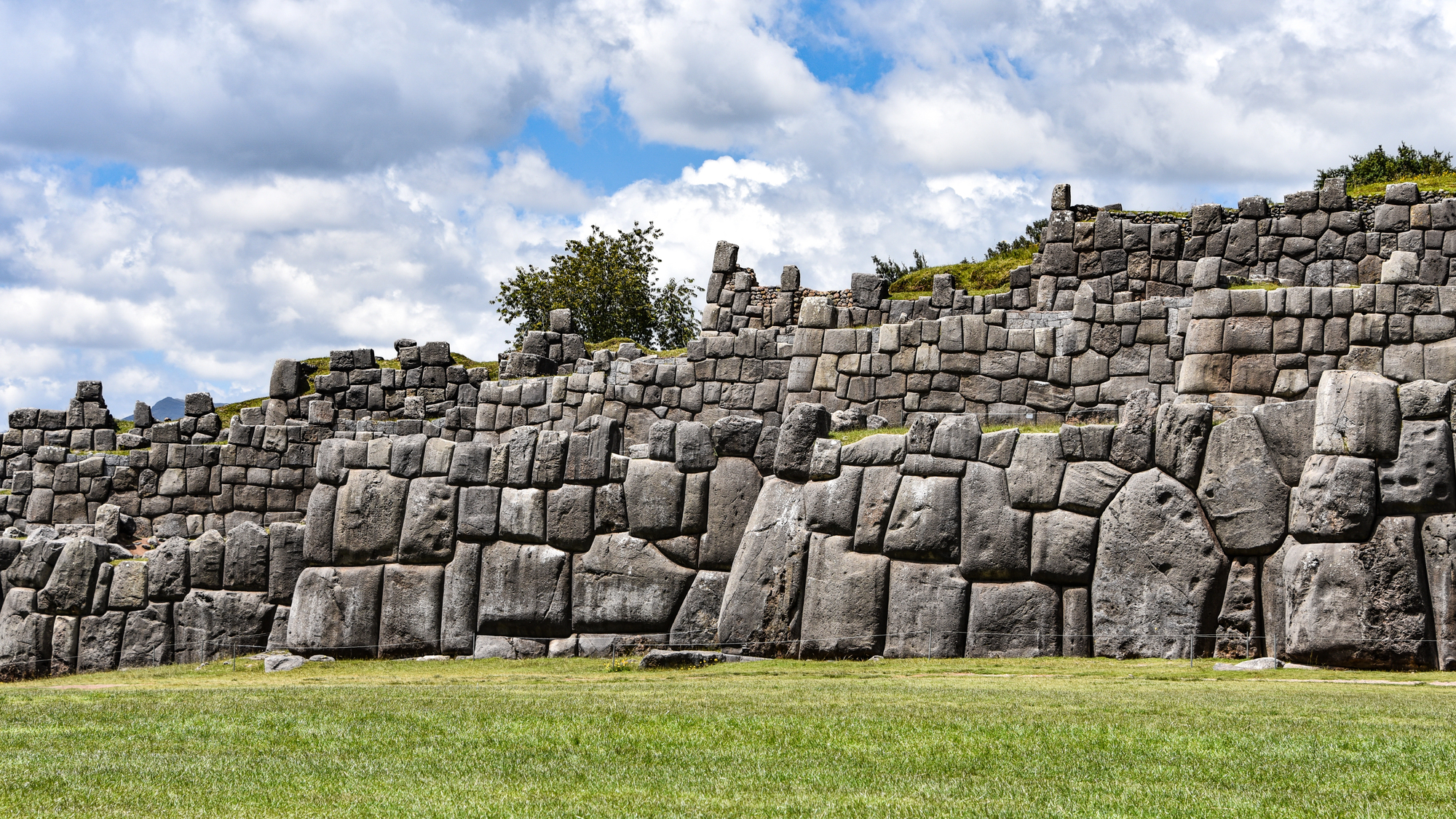
The massive stone walls near Cusco, Peru, feature blocks weighing up to 200 tons, cut with such precision that modern machinery would struggle to replicate the work. The stones fit together so perfectly that even a credit card can’t slide between them, and they’ve survived centuries of earthquakes that damaged modern buildings.
Like Go2Tutors’s content? Follow us on MSN.
Derinkuyu Underground City
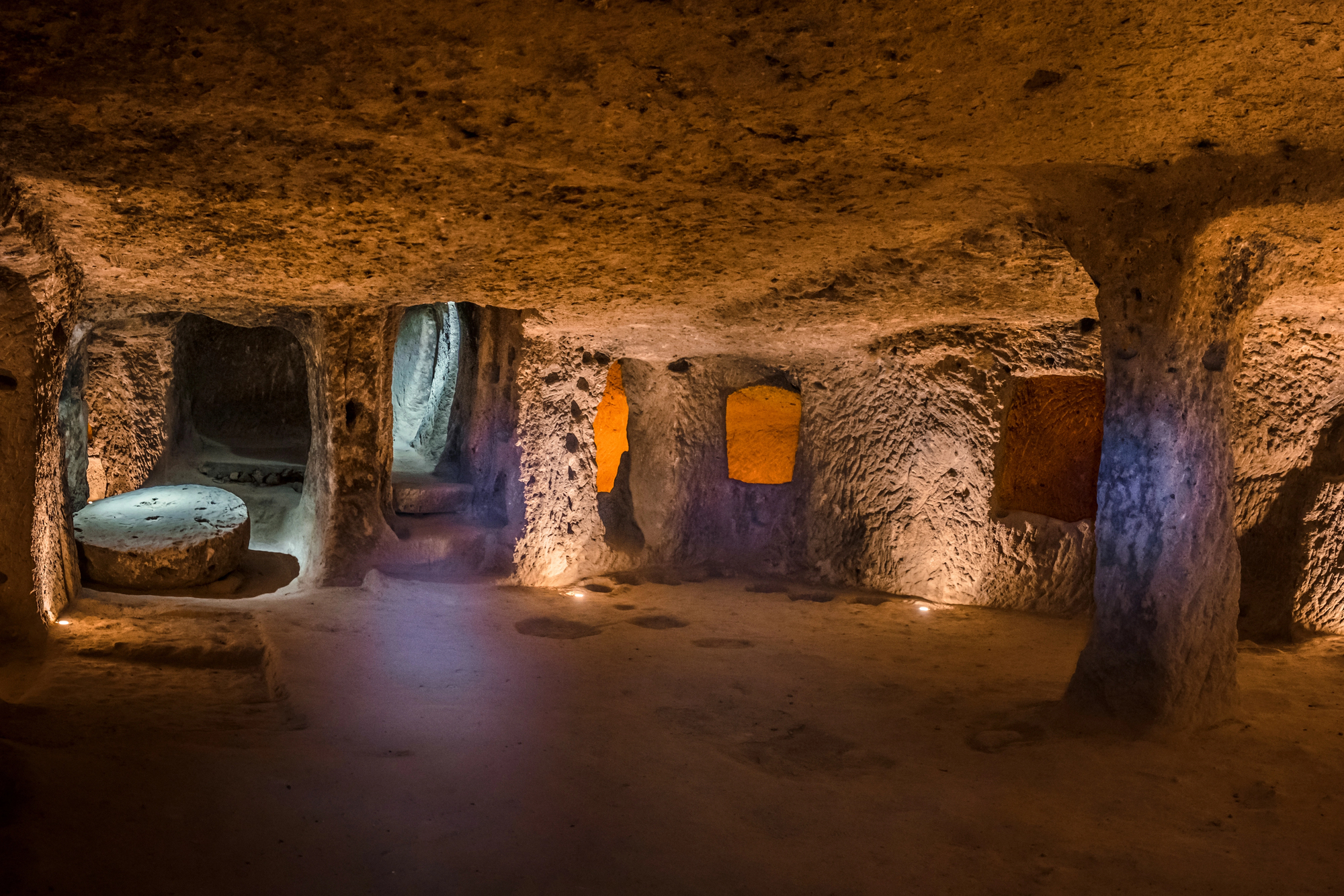
Carved into soft rock in Turkey, this eight-level underground city could shelter 20,000 people. The engineering behind its ventilation system and water management remains impressive today. Even more baffling is how ancient peoples carved such precisely placed tunnels without modern surveying equipment.
Moai of Easter Island

While we know how the massive stone heads were carved, experts still debate how they were transported across the island. Recent theories suggest ingenious rocking-and-walking techniques, but the full picture of how an isolated civilization moved and erected these massive monuments remains unclear.
Great Pyramid of Giza

Modern engineers still can’t fully explain how ancient Egyptians achieved such precise alignment to true north (off by only 0.15 degrees) or maintained such accurate right angles over such a massive structure. The internal temperature remains constant at 20 degrees Celsius year-round, suggesting sophisticated environmental engineering.
Like Go2Tutors’s content? Follow us on MSN.
Antikythera Mechanism
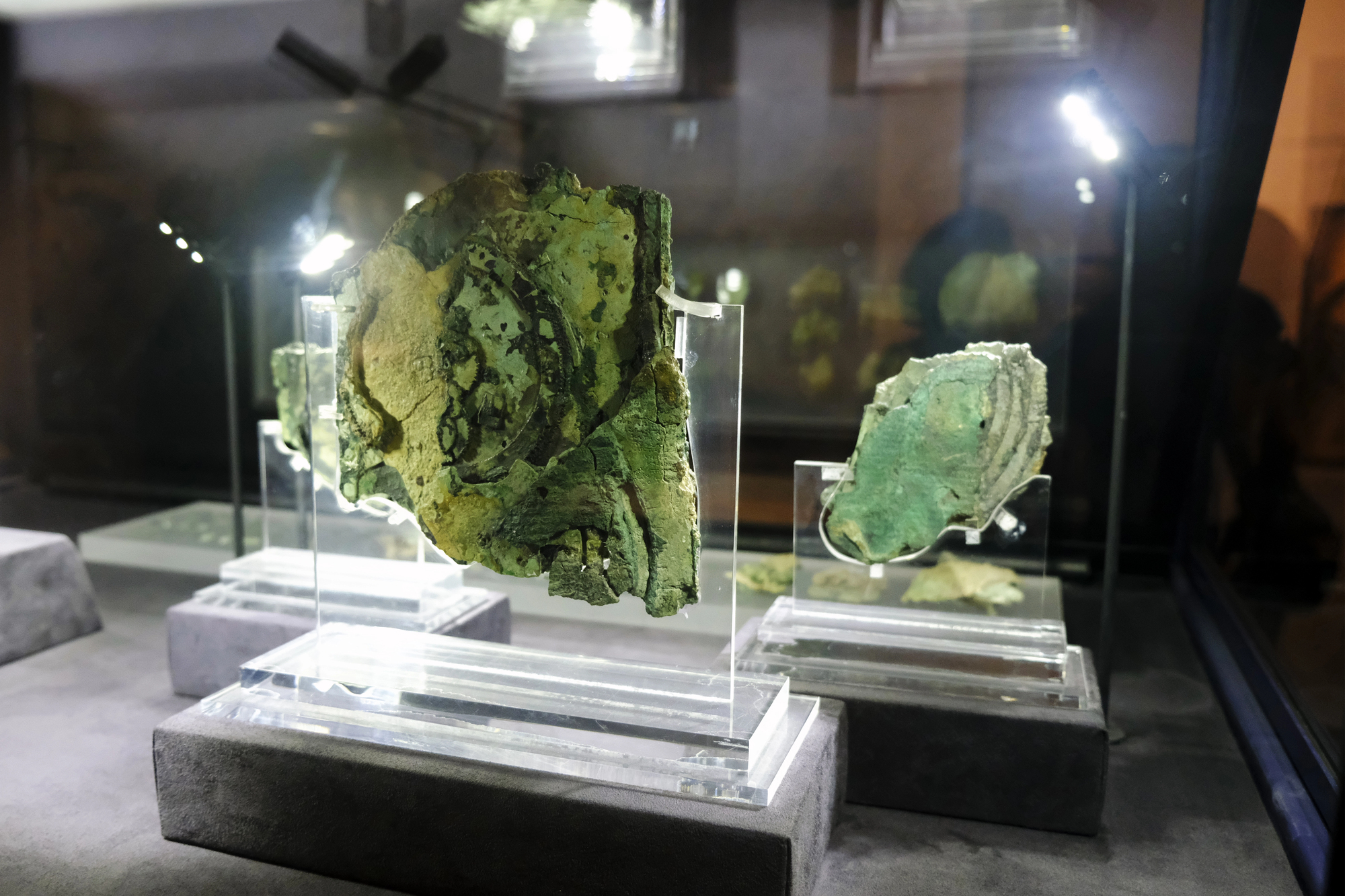
Though not a building, this ancient Greek device represents architectural precision on a smaller scale. Its intricately designed gears could track astronomical movements with stunning accuracy. The level of mathematical and engineering knowledge required for its creation shouldn’t have existed in its time.
Newgrange
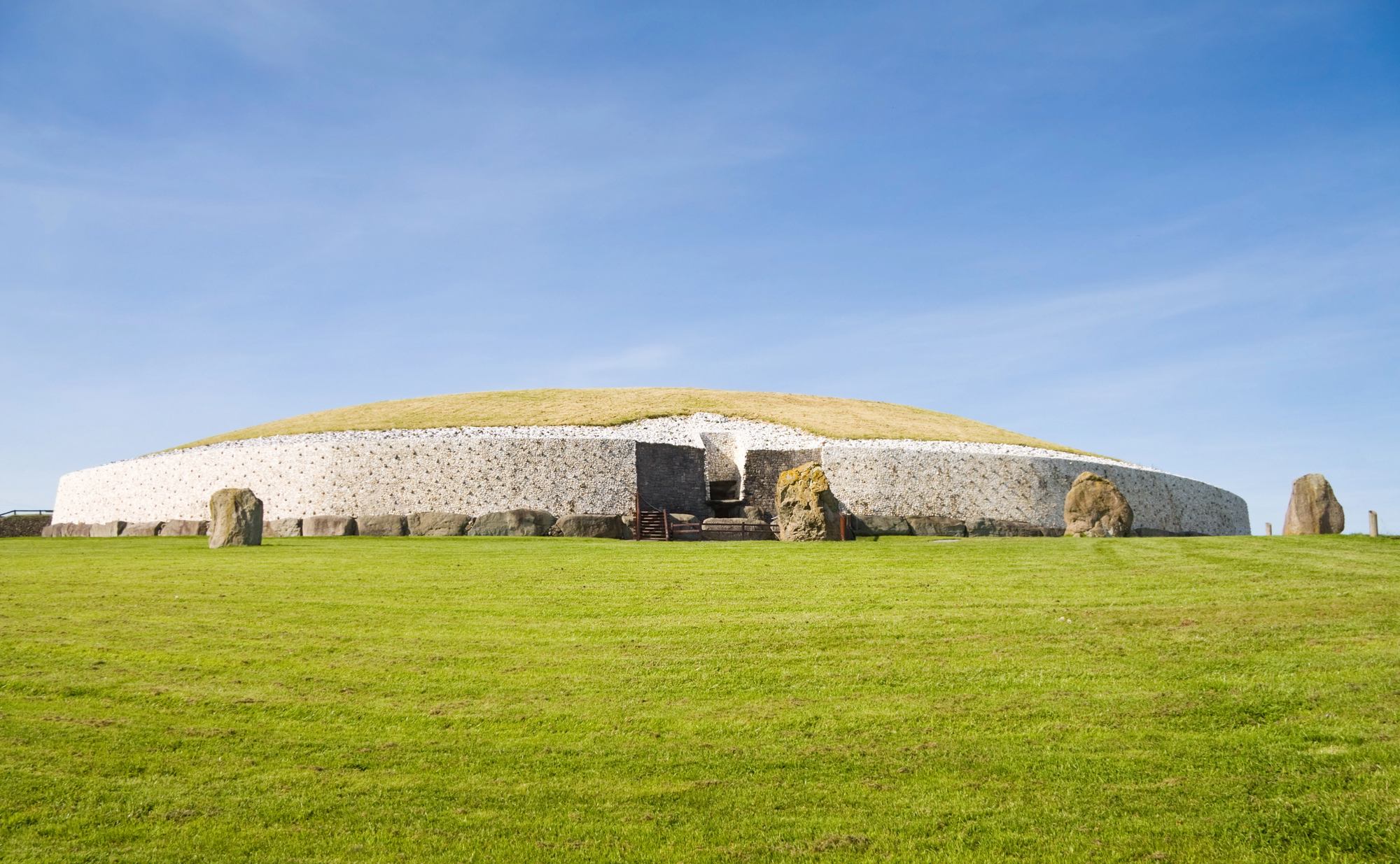
This Irish passage tomb is older than the pyramids and perfectly aligned so that sunlight illuminates its inner chamber only on the winter solstice. The engineering required to create this effect – and maintain it for over 5,000 years – demonstrates astronomical knowledge that predates written records.
Nan Madol
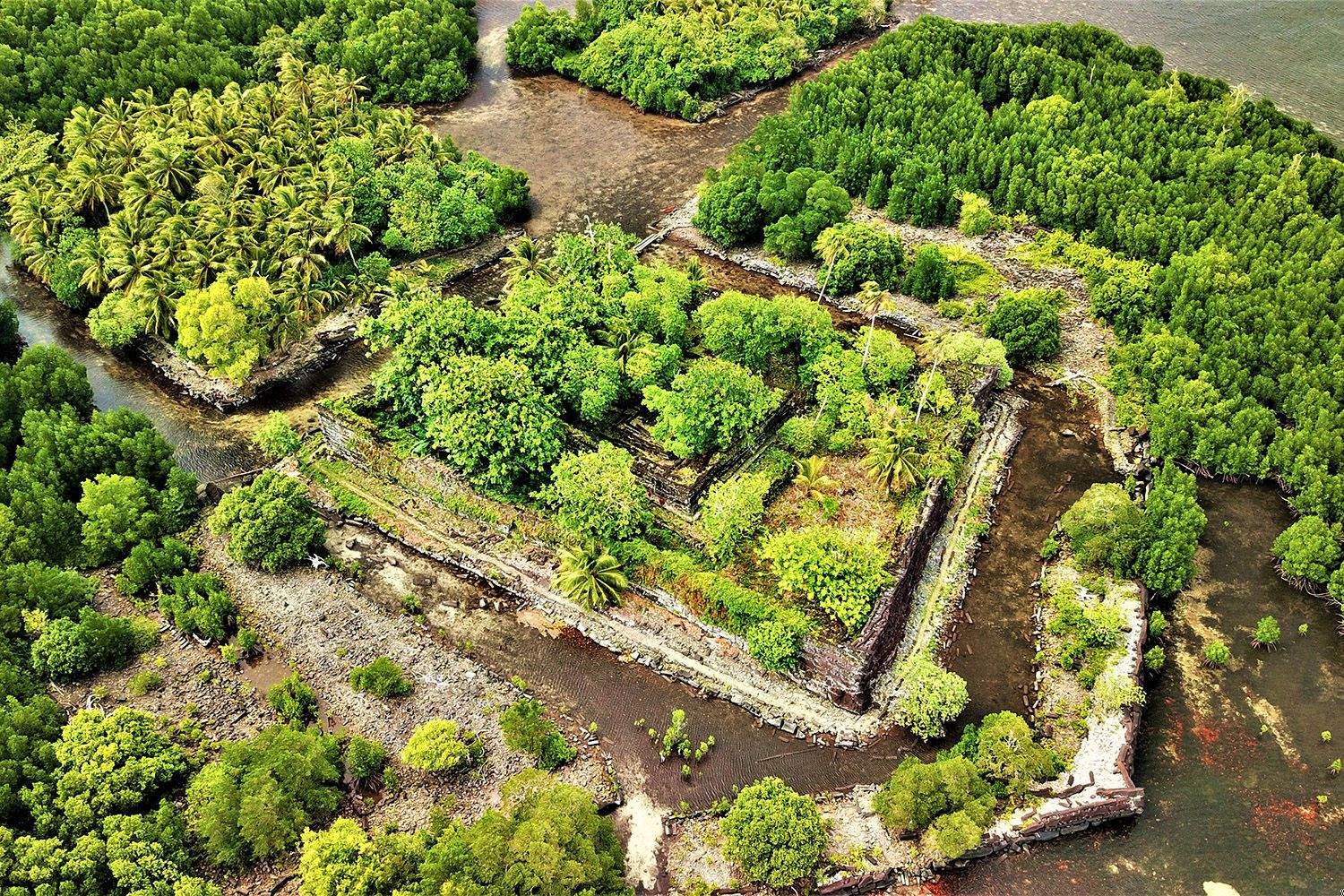
Built on coral reefs in Micronesia, this city of artificial islands used massive basalt logs weighing up to 50 tons. How these enormous stones were transported across water, and how the artificial islands maintain their structural integrity, remains debated by experts.
Like Go2Tutors’s content? Follow us on MSN.
Pumapunku
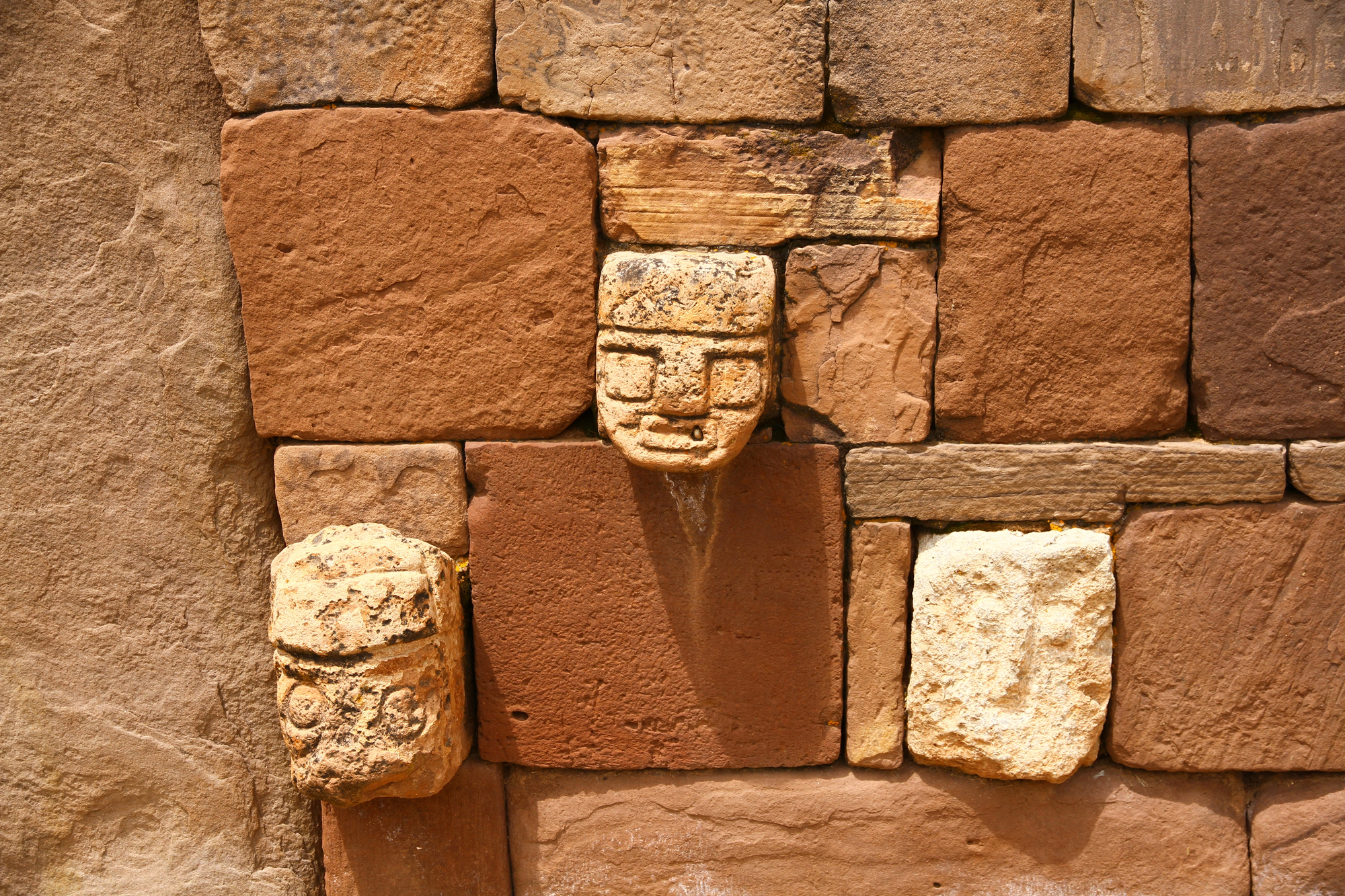
Part of Bolivia’s Tiwanaku site, these ruins feature stones cut with such precise angles and smooth surfaces that some appear machine-made. The exact tools and techniques used to achieve this level of precision with primitive technology remain unknown.
Hypogeum of Hal-Saflieni
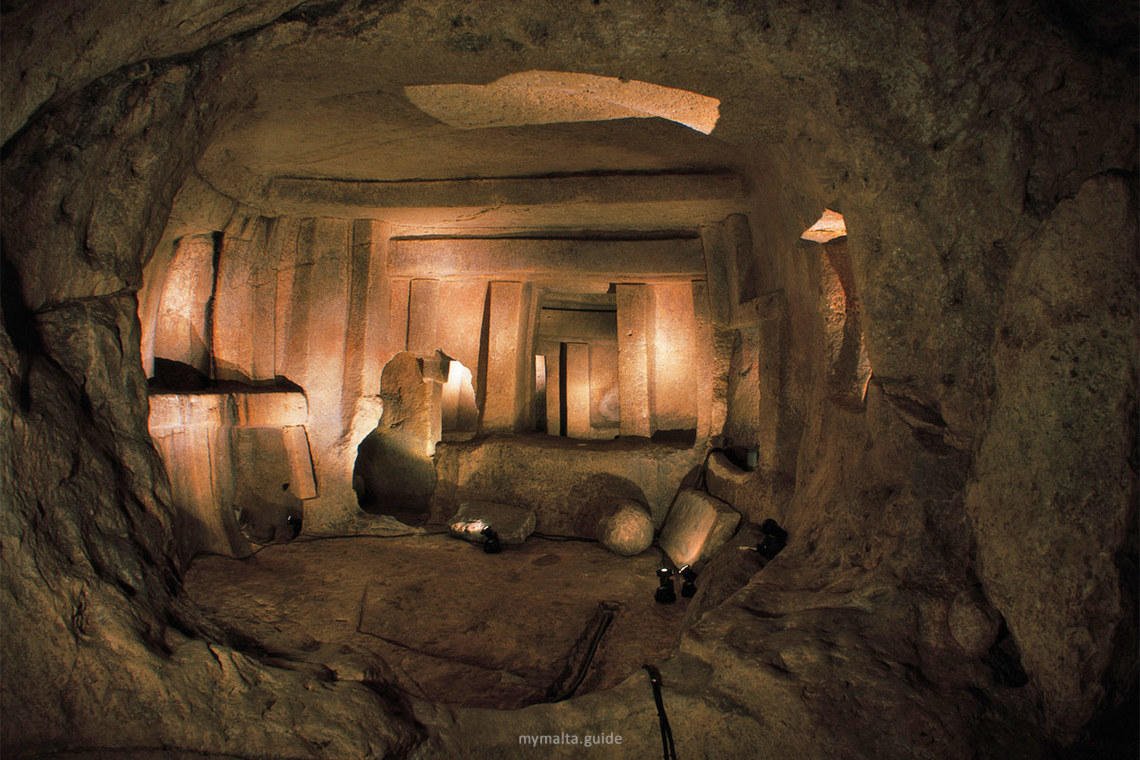
This underground temple in Malta features acoustic properties that amplify voices throughout the structure in specific ways. Whether this acoustic engineering was intentional, and how it was achieved, remains a subject of study.
Great Zimbabwe
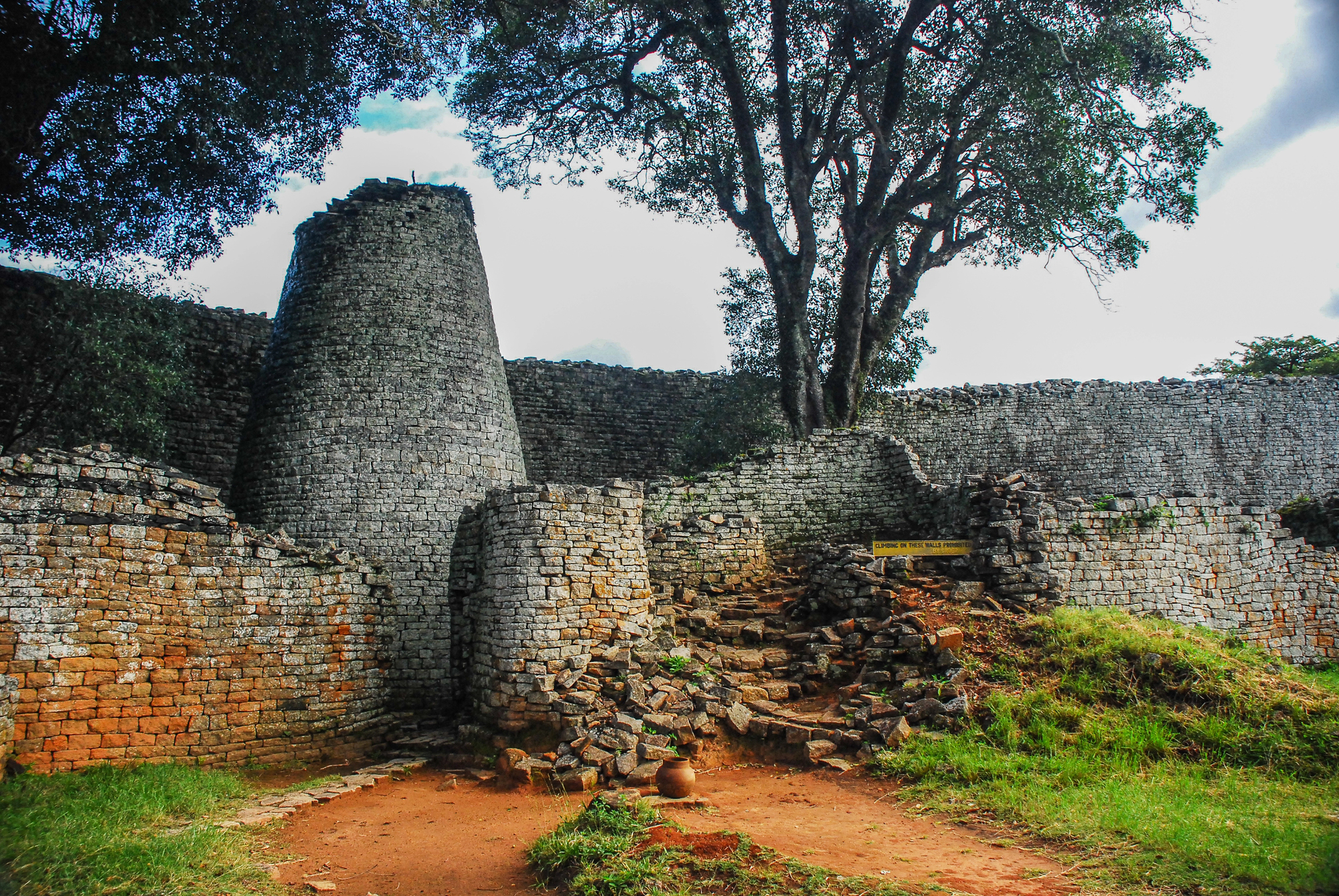
The mortarless walls of this African city complex demonstrate sophisticated engineering knowledge. The conical tower’s purpose and the methods used to construct such stable walls without mortar continue to intrigue researchers.
Like Go2Tutors’s content? Follow us on MSN.
Longyou Caves
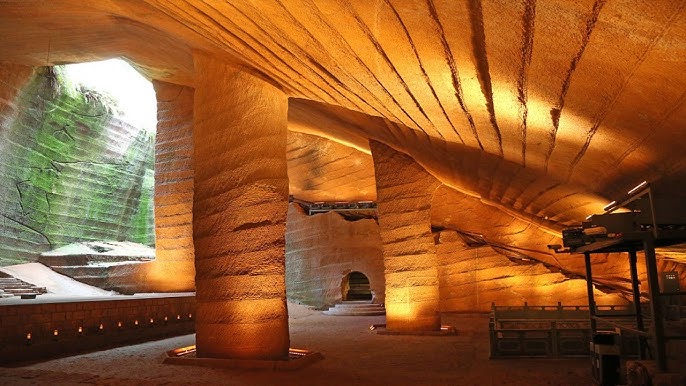
Discovered in China in 1992, these massive artificial caves feature precision-carved walls and pillars. The technical skill required to create such perfectly level floors and evenly spaced pillars underground – apparently working in total darkness – seems impossible for ancient tools.
Thracian Tomb of Sveshtari
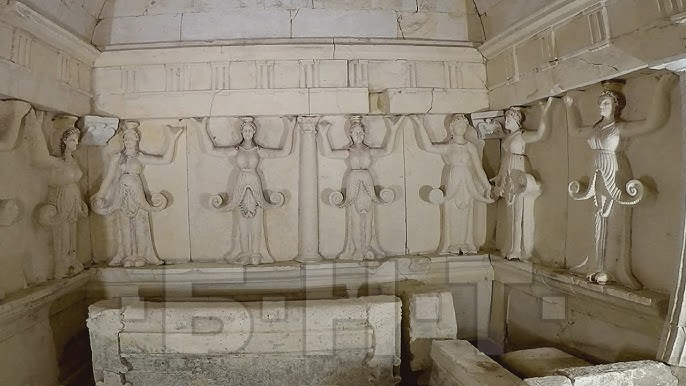
The architectural mathematics used in this Bulgarian tomb created perfect acoustic properties for specific frequencies. How ancient builders achieved this acoustic engineering without modern sound equipment remains unknown.
Gunung Padang

This Indonesian site appears to be a hill but may be a massive stepped pyramid predating known civilization. Geologic analysis suggests artificial construction techniques that shouldn’t have been possible at such an early date.
Like Go2Tutors’s content? Follow us on MSN.
Yonaguni Monument
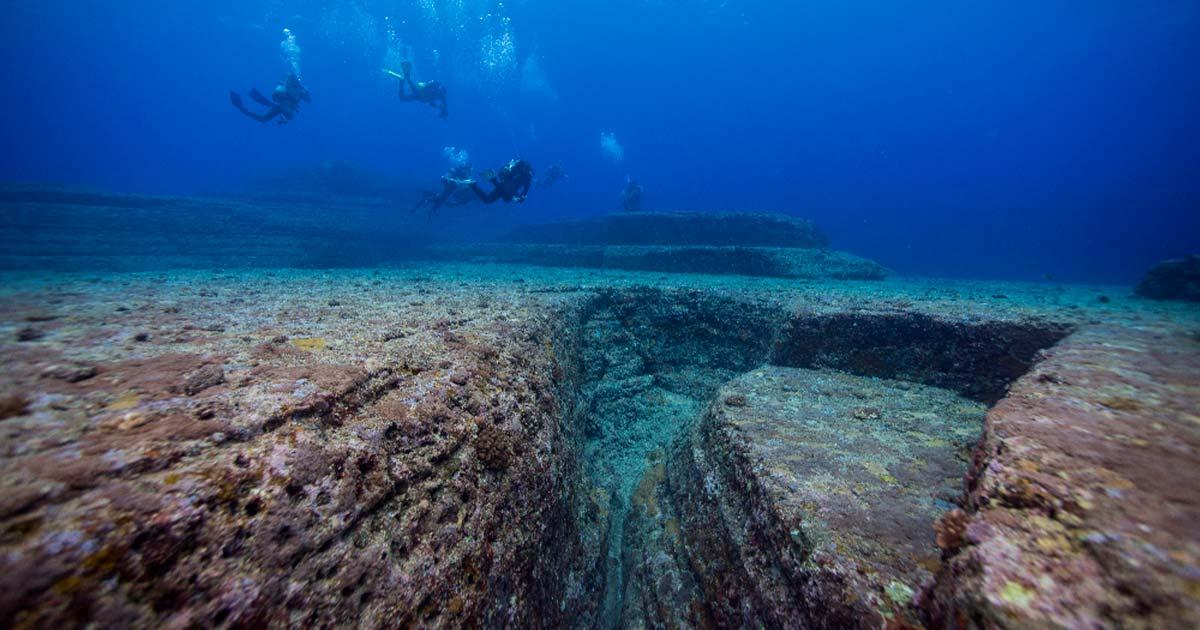
Submerged off the coast of Japan, this massive structure features right angles and straight walls that some experts argue are too precise to be natural. Whether it’s man-made or natural remains debated, but if artificial, it would rewrite the timeline of advanced human civilization.
Baalbek Temple Complex

The foundation stones at this Lebanese site include the largest hewn stones in the world, weighing up to 1,000 tons. Even with modern technology, moving and placing such massive blocks with such precision would be challenging.
Poverty Point
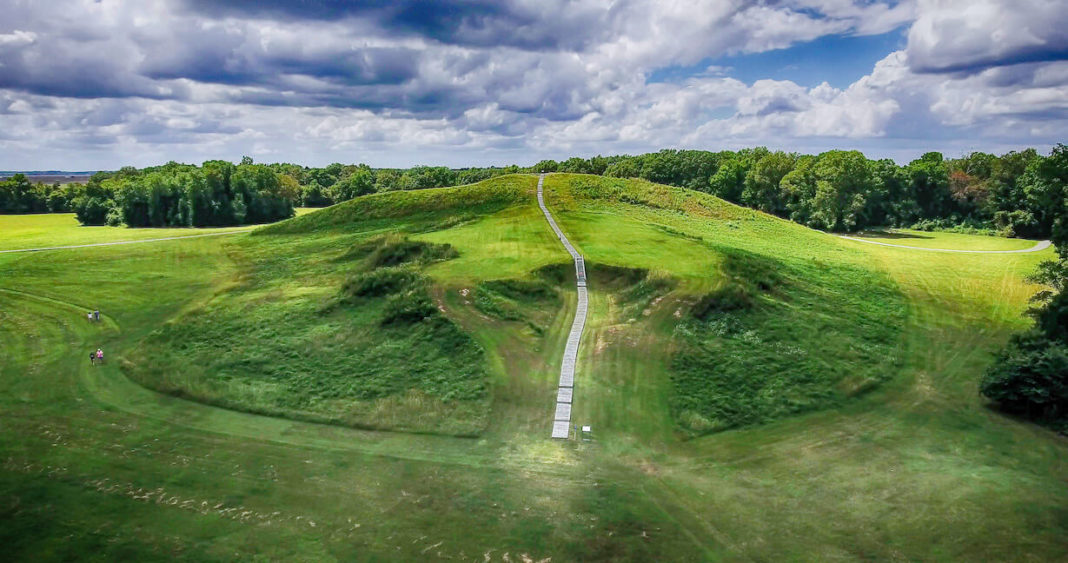
This Native American site in Louisiana was built using millions of cubic feet of soil to create precise geometric earthworks. The astronomical alignments and engineering required to maintain structural stability in soft soil continue to impress modern architects.
Like Go2Tutors’s content? Follow us on MSN.
Coral Castle
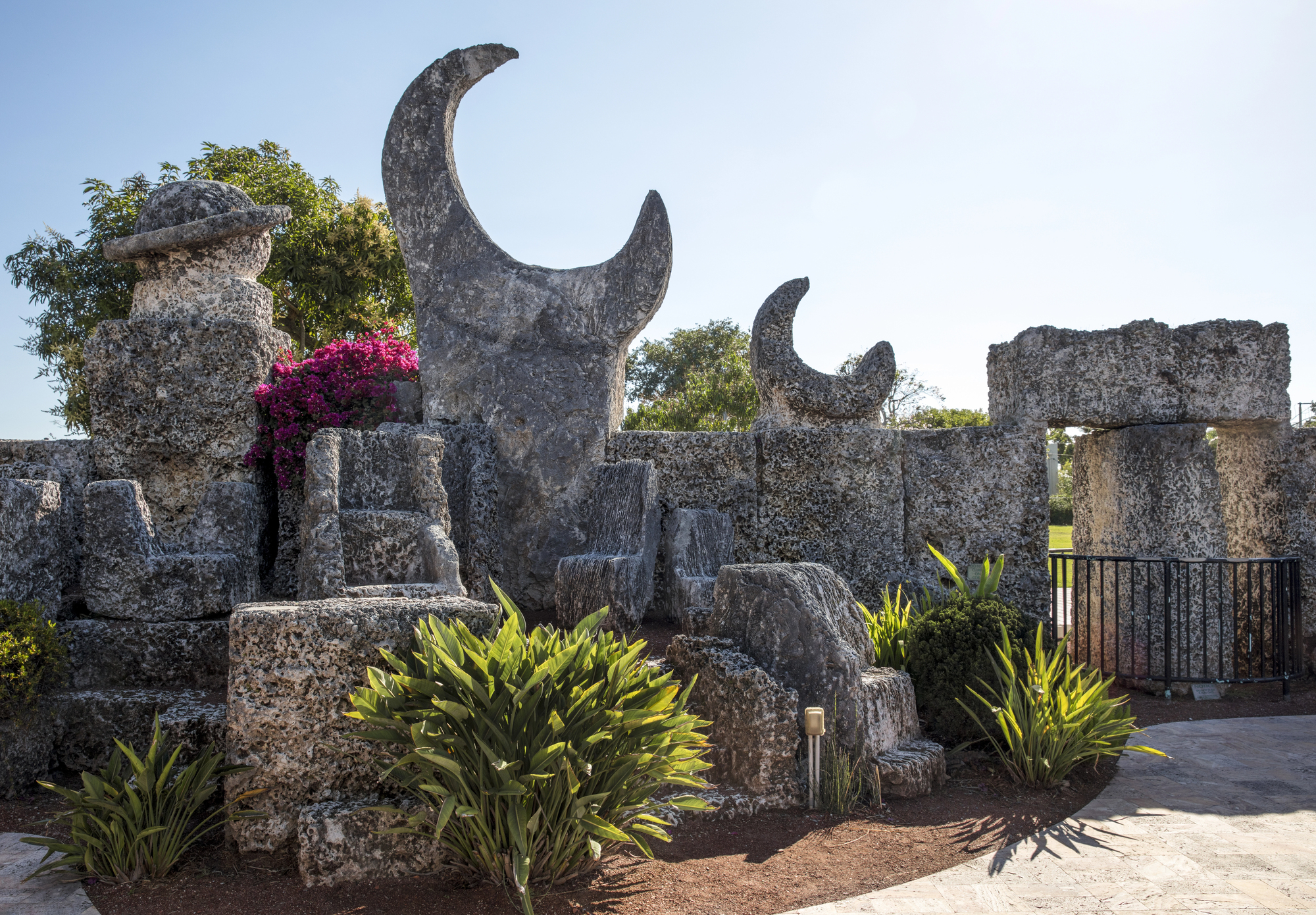
Built in Florida in the early 20th century by one man, this structure features massive coral blocks moved and erected using unknown techniques. While more recent than other entries, the methods used in its construction remain mysterious despite being created in modern times.
Aztec Calendar Stone
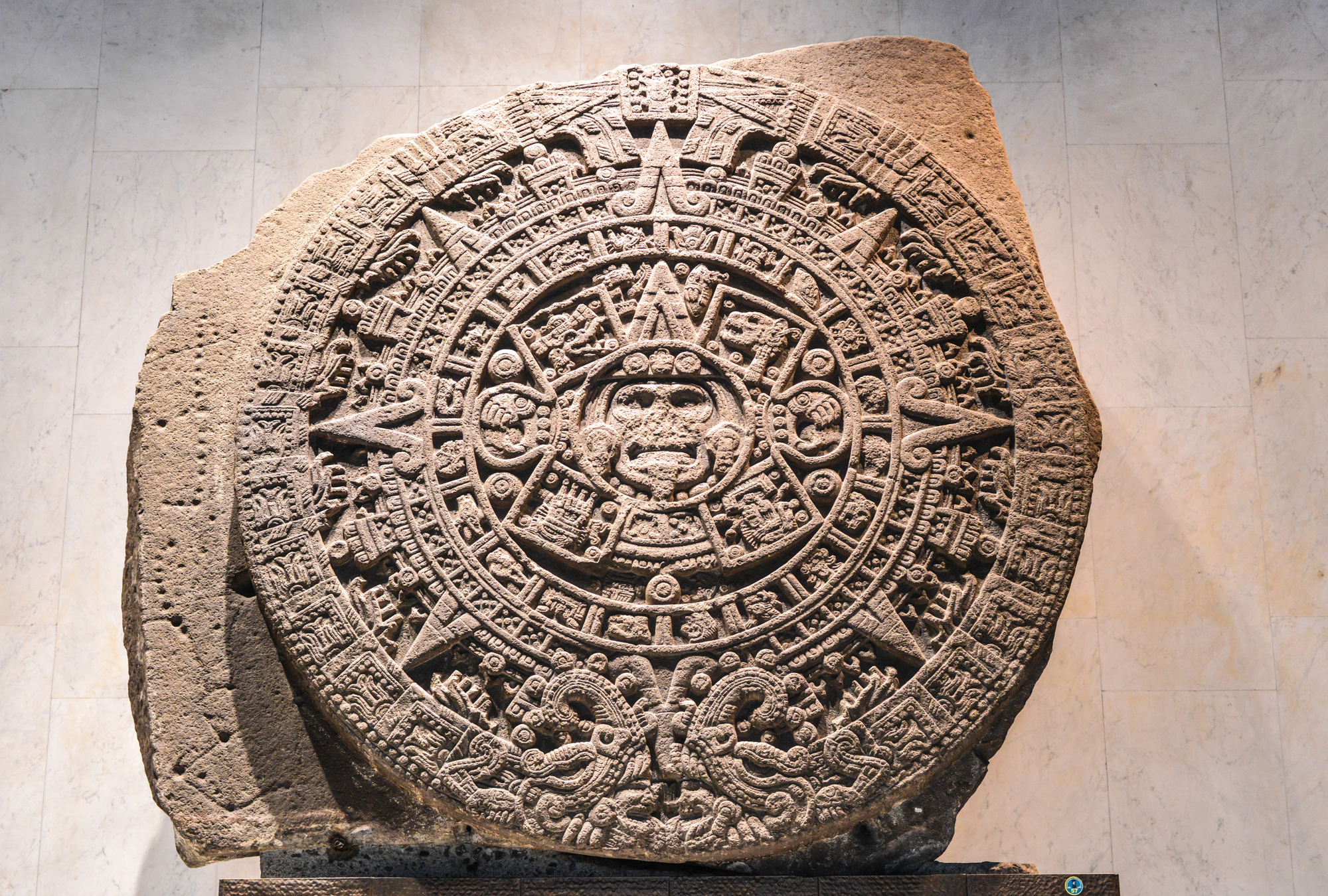
The mathematical precision of this massive stone calendar reflects astronomical knowledge that shouldn’t have been possible without modern instruments. Its exact purpose and the methods used to achieve its precise calculations remain debated.
Stonehenge’s Acoustic Properties
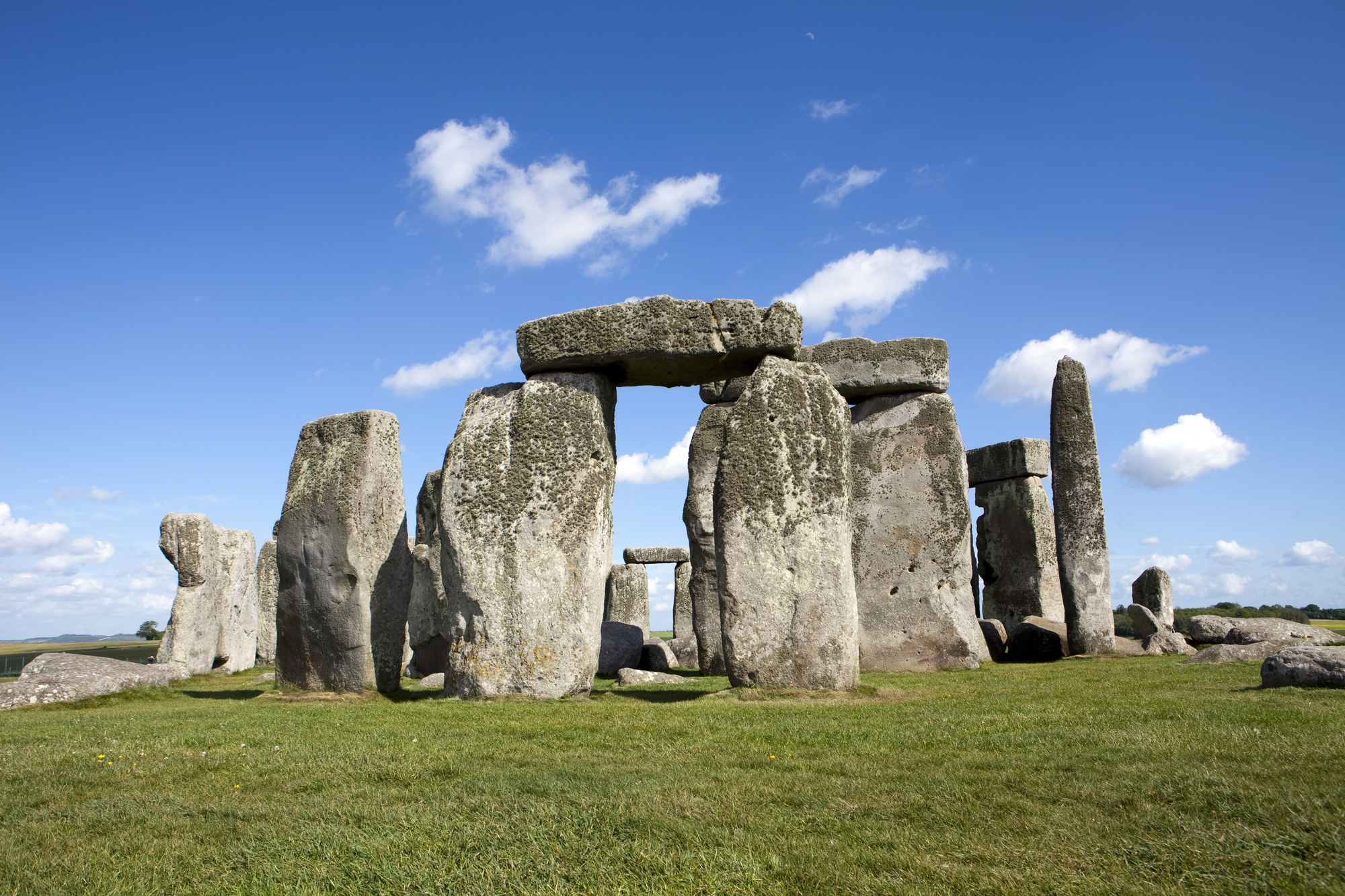
Recent studies suggest Stonehenge was designed with specific acoustic properties that created unusual sound effects during ceremonies. How ancient builders engineered these acoustic features without modern sound technology remains unknown.
Like Go2Tutors’s content? Follow us on MSN.
The Engineering Enigma
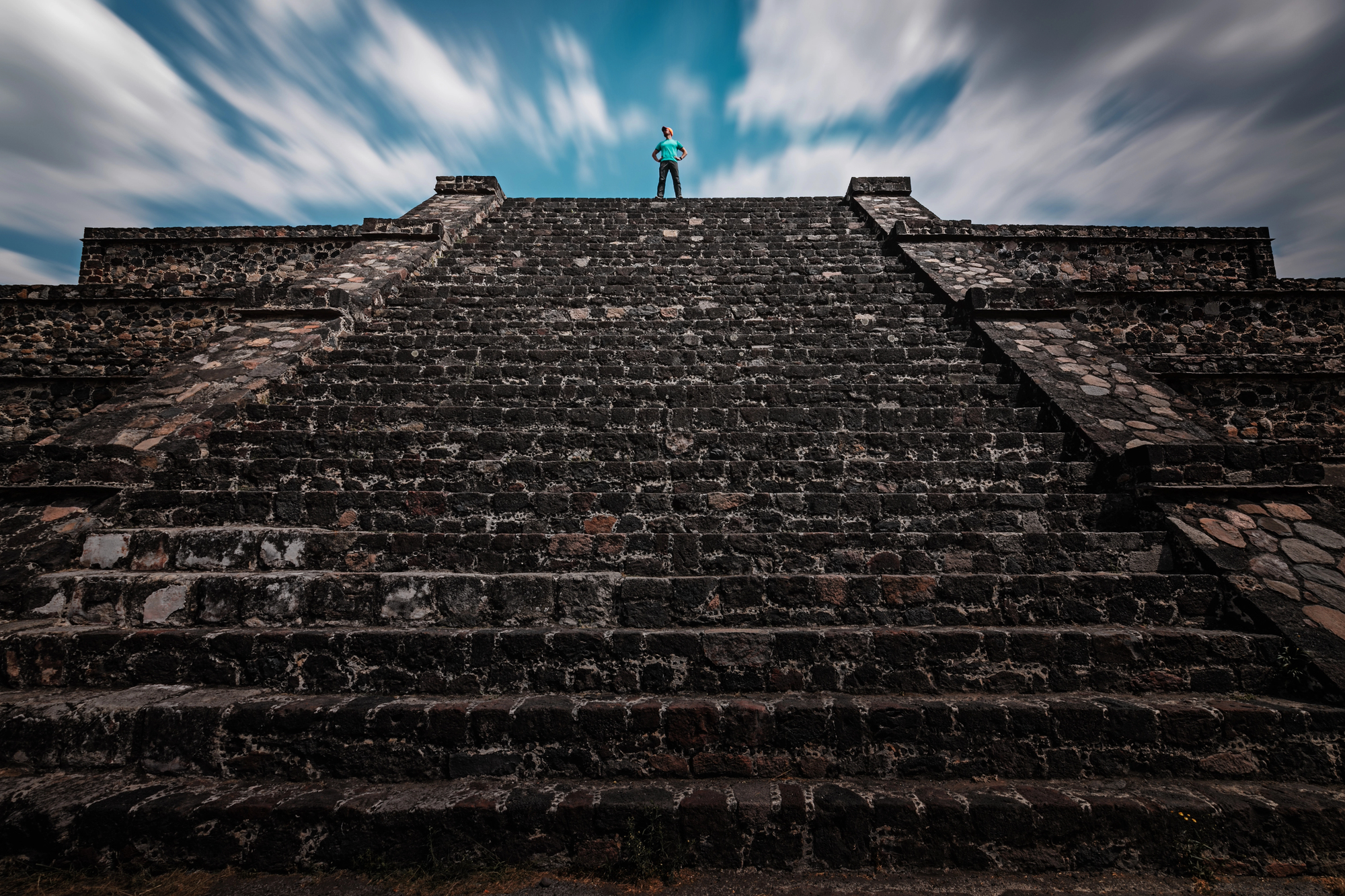
These structures challenge our understanding of ancient capabilities and force us to question our assumptions about historical technological development. While modern archaeology continues to uncover new clues about their construction, many of their secrets remain hidden.
Perhaps most remarkably, these sites demonstrate that our ancestors possessed sophisticated knowledge of mathematics, astronomy, and engineering that, in some ways, we are only beginning to rediscover today.
More from Go2Tutors!

- Famous Battles: How Much Do You Really Know About U.S. History?
- Top 5 Most Important Skills, According To Harvard Business School
- How Well Do You Know 90s Pop Culture? Take the Quiz
- Master the Art of Public Speaking with These Expert Tips
- Think You Know Capitals? Put Your Knowledge to the Test
Like Go2Tutors’s content? Follow us on MSN.



